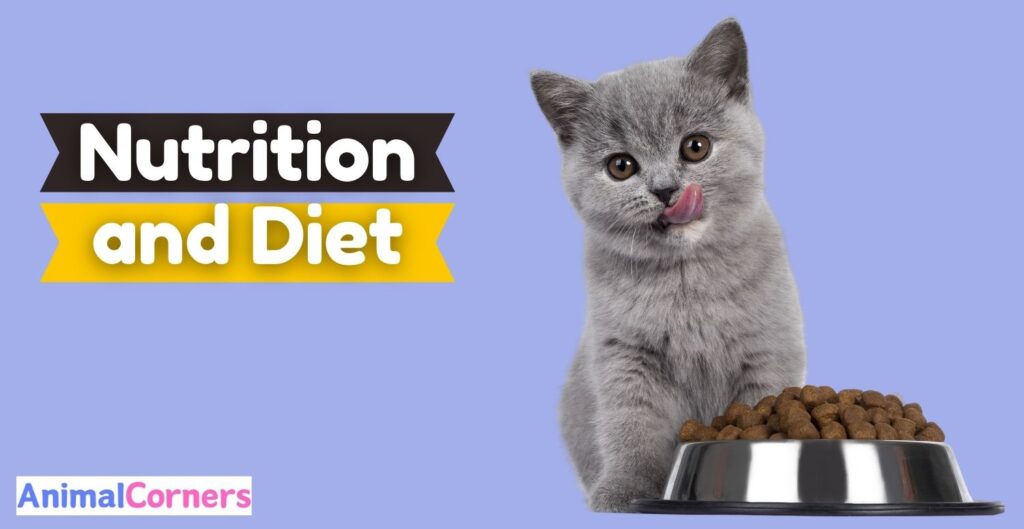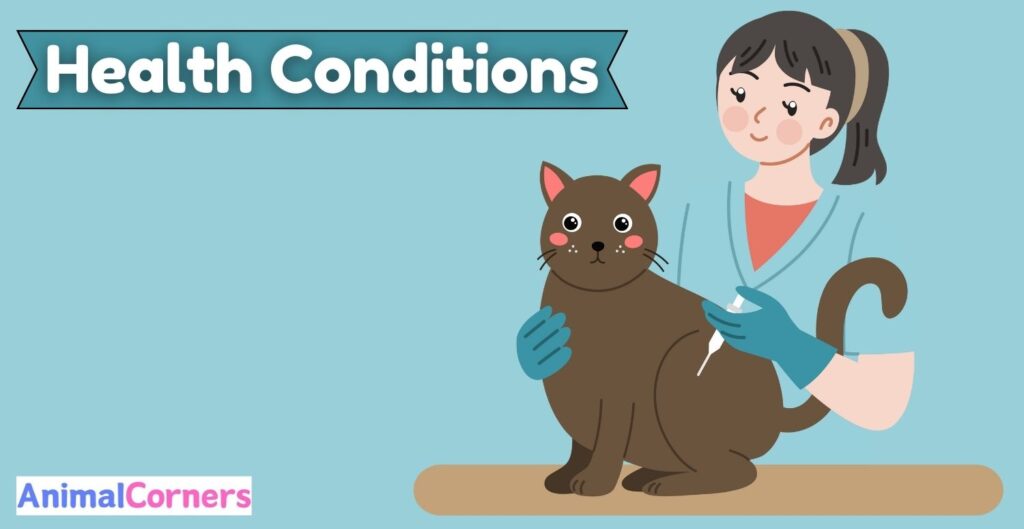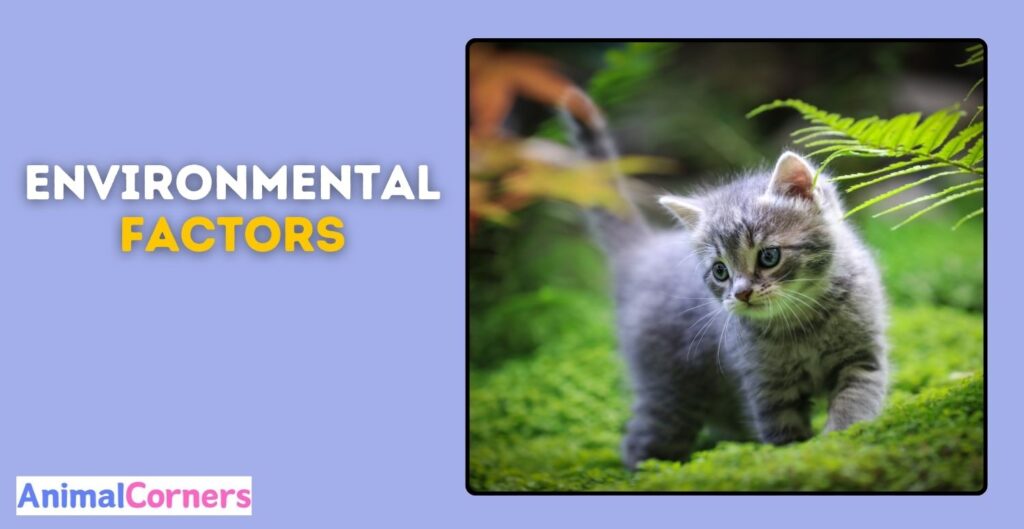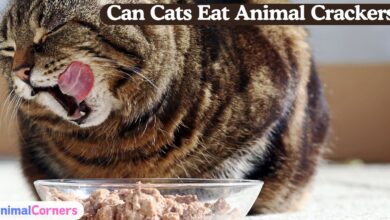Why Is My Cat So Small?

Understanding Why Is My Cat So Small? is an intriguing topic for many pet owners. Cats, like humans, can vary greatly in size due to several factors. Knowing these reasons can help us provide better care for our feline friends.
It’s important to identify if the small size is due to natural causes or if it points to an underlying health issue. By exploring the reasons behind a cat’s small size, we can ensure our pets live healthy and happy lives.
Top 5 Reasons Behind if Cat is Smaller in Size
Genetics and Breeds
When it comes to understanding why your cat is small, genetics play a significant role. Just as humans inherit traits like height and eye color from their parents, cats inherit their size from their lineage. Different cat breeds have different genetic makeups, which can greatly influence their overall size.
How Genetics Influence Cat Size?
A cat’s genes determine its growth rate and final size. If both parent cats are small, it is likely that their kittens will also be on the smaller side. Additionally, certain genetic mutations can lead to smaller sizes, as seen in some breeds. It’s beneficial to realize that size can be a natural trait, not a cause for concern, in these cases.
Overview of Cat Breeds Naturally Smaller in Size
There are a variety of cat breeds that are naturally smaller due to their genetic traits. Understanding these breeds can help you identify whether your cat’s small stature is simply part of its heritage.
- Singapura: Known as the world’s smallest cat breed, Singapura cats are petite and weigh around 4-6 pounds. They have a playful and affectionate nature that belies their small size.
- Munchkin: These cats are famous for their short legs, which result from a natural genetic mutation. Despite their small stature, they are active and energetic.
- Cornish Rex: This breed has a slender body and fine bones, making it appear smaller than other cats. They are known for their soft, wavy coats and lively personalities.
By recognizing these breed-specific traits, you can better understand and appreciate the reasons behind your cat’s small size.
Nutrition and Diet

When considering why your cat might be small, it’s essential to examine nutrition and diet. What your cat eats has a significant impact on its growth and overall health. Both the quality and quantity of food play vital roles in a cat’s development.
Impact of Diet on a Cat’s Growth and Development
Just like in humans, a cat’s growth and development heavily depend on a well-balanced diet. Proper nutrition provides the necessary vitamins, minerals, proteins, and fats that a cat needs to grow to its full potential. Without these essential nutrients, a cat may not develop properly and could remain smaller than average.
Importance of a Balanced Diet for Proper Growth
A balanced diet is crucial for ensuring that a cat grows up healthy. Cats require a balanced mix of proteins, fats, carbohydrates, vitamins, and minerals. High-quality cat food specifically designed for different life stages—such as kitten, adult, and senior—is tailored to meet these needs. Ensuring your cat’s diet contains these elements can help it achieve optimal size and health.
Signs of Malnutrition and Its Potential Causes
Recognizing the signs of malnutrition is crucial for any pet owner. Some indicators that your cat might not be getting proper nutrition include:
- Stunted growth: If your kitten is not growing as expected, it might be a sign of inadequate nutrition.
- Poor coat condition: A dull or flaky coat can indicate a lack of essential nutrients.
- Lethargy: Low energy levels could be a result of missing vital nutrients in the diet.
- Weight loss: Unintended weight loss is a clear sign that your cat might not be getting enough to eat.
The potential causes of malnutrition can vary. They might include poor quality food, not enough quantity, incorrect type of food, or health issues that prevent the proper absorption of nutrients. Consulting a vet for advice on a balanced diet can help address any dietary concerns and ensure your cat grows properly.
Also Read: Cat Breed: American Bobtail Breeder Facts and Information
Health Conditions

There are several health conditions that can impact a cat’s size. Here are some common issues that might cause a cat to be smaller than average:
Hormonal Imbalances
Hormonal imbalances can play a big role in a cat’s growth. For example, if a cat has issues with its thyroid gland—a condition known as hypothyroidism—it might not grow as expected. This health problem can slow down the body’s metabolism, affecting overall growth and development.
Parasites
Parasites such as worms can also affect a cat’s size. Intestinal parasites consume the nutrients that the cat eats, leaving fewer resources for the cat’s growth. Signs that a cat may have parasites include weight loss, bloody stools, and a pot-bellied appearance.
Congenital Defects
Congenital defects are health conditions that are present from birth. These defects can affect various organs or bodily functions, leading to smaller size and stunted growth. Examples of congenital defects include heart defects or skeletal abnormalities.
Importance of Regular Veterinary Check-ups
Regular veterinary check-ups are crucial for catching these health issues early. A vet can run tests to diagnose any underlying problems and provide treatments that can help address these issues. Ensuring your cat has regular check-ups will help keep it healthy, ensuring that any problems affecting its size can be managed effectively.
Age and Developmental Stages
Understanding the growth phases of cats is essential for knowing why your cat may be smaller at certain times. Cats go through several developmental stages, each with its characteristics and growth patterns.
How Age Affects a Cat’s Size and Growth Rate?
Cats grow rapidly during the kitten stage, which is from birth up to six months of age. During this time, they experience the most significant growth spurts, gaining weight and increasing in size quickly. Proper nutrition and care are particularly crucial during this period to ensure healthy development.
Once a cat reaches six months to one year, its growth rate starts to slow down. While they will still be growing, the speed of this growth is less dramatic compared to the kitten stage. By the time they are one year old, most cats reach about 90% of their full adult size.
In their adult stage, which starts at around one year old, cats continue to fill out and may gain some additional weight. However, their overall size remains relatively stable. It’s important to maintain a balanced diet and regular exercise to prevent excess weight gain.
As cats enter their senior years, typically around seven years and older, their metabolism may slow down, leading to potential changes in weight. Keeping up with regular vet visits and proper nutrition can help manage these changes effectively.
By recognizing and understanding these developmental stages, you can better cater to your cat’s specific needs at each phase, ensuring they grow and remain healthy throughout their lives.
Environmental Factors

Environmental factors can significantly influence a cat’s growth and overall health. The conditions in which a cat lives play a vital role in their development and well-being.
Influence of Living Conditions on a Cat’s Growth
The living conditions of a cat can have a profound impact on its growth and development. Cats that live in a clean, safe, and stimulating environment tend to grow healthier and stronger. Good living conditions include access to fresh water, high-quality food, and a comfortable space to sleep and play. The absence of these necessities can lead to poor growth and health issues.
Stress and Its Impact
Stress can adversely affect a cat’s growth and overall health. Situations such as overcrowded living spaces, changes in the household, or lack of social interactions can cause stress. Stressful environments can lead to decreased appetite, weak immune response, and slower growth. Creating a calm, stable environment for your cat is essential for their health.
Environmental Enrichment
Environmental enrichment involves enhancing a cat’s surroundings to promote physical and mental stimulation. Providing toys, scratching posts, and areas for climbing can keep a cat active and happy. Interactive play and having different textures and spaces to explore can prevent boredom and reduce stress. Enriching a cat’s environment can support healthy growth and mental well-being.
Ensuring a cat lives in a well-maintained and enriching environment is key to supporting their growth and overall health throughout their life stages.
FAQs
Why is my cat smaller than other cats of the same breed?
There are several reasons why your cat might be smaller than others of the same breed. These can include nutritional deficiencies, health conditions such as hormonal imbalances or parasites, congenital defects, and environmental stressors. Regular check-ups with a vet can help pinpoint the exact cause.
Why is my cat not growing in size?
Several factors can contribute to a cat not growing as expected. Nutritional deficiencies, health conditions like hormonal imbalances, parasites, and congenital defects can all impede growth. Stress and environmental factors can also play a role. Regular veterinary check-ups are essential to diagnose and address any underlying issues.
Do some cats always stay small?
Yes, some cats naturally stay small due to their genetic makeup. Certain breeds, such as the Munchkin or Singapura, are known for their petite stature. Additionally, some individual cats may remain small without any underlying health issues. Genetics and breed characteristics are key factors in determining a cat’s size.
Do runt cats stay small?
Runts, the smallest kittens in a litter, often start life with a growth disadvantage. While some runts catch up to their siblings in size, others may remain smaller due to genetic factors and early developmental challenges. With proper care and nutrition, many runts can still lead healthy and fulfilling lives.
Why is my cat so small compared to her siblings?
Cats from the same litter can vary widely in size due to genetic factors, birth order, and early nutrition. If one cat is significantly smaller than its siblings, it might be due to being the runt or experiencing health issues. Ensuring balanced nutrition and regular vet visits can help determine and address any growth concerns.
Conclusion
In summary, several factors can influence why a cat might be smaller in size. These include nutrition, health conditions like hormonal imbalances, parasites, congenital defects, age, and environmental factors. Ensuring your cat receives a balanced diet, regular veterinary check-ups, and a stress-free, enriching environment is crucial for healthy growth.
If you have any concerns about your cat’s size or growth, don’t hesitate to seek professional advice from a vet. They can provide tailored guidance to address any issues and help ensure your cat grows up healthy and strong.




